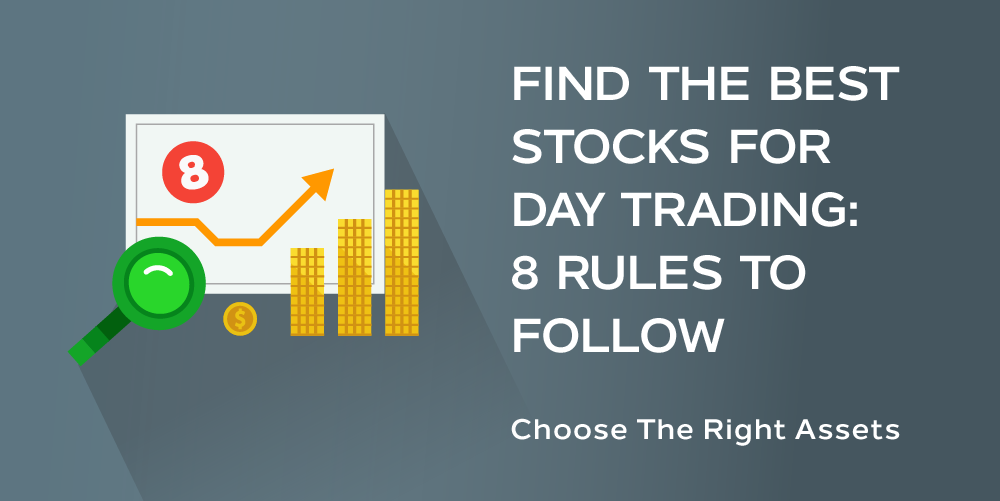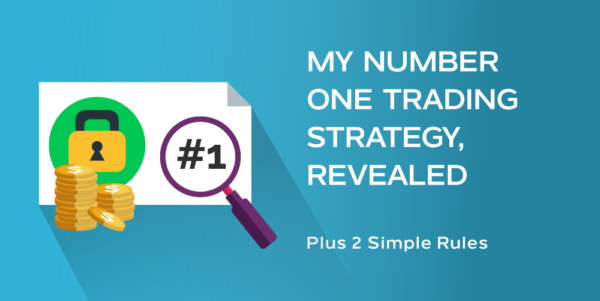
It’s true that many traders over a longer time frame are unprofitable. Some of these reasons could be that they made preventable amateur trading errors. However, even the most experienced of them make a common mistake: choosing the wrong assets.
Truth be told, many traders approach trading where they decide in advance which asset to trade, such as telling other people they’ll be an SP500 futures trader or they want to master Apple stock. Sadly, this approach usually leads to poor performance or even outright losses because almost all assets simply trade in a random and trendless manner around 70% of the time.
Whether it’s a Nasdaq tech stock or crude oil futures, when a trader goes to trade a specific asset ahead of time, it will go nowhere 7 out of 10 times. It’ll lead to paying more in commission costs and “whipsaw” moves. Sure, the losses may be small, but they can be often which leads to a “death by a thousand cuts.”
What I teach at my firm Cyber Trading University shows students a system for picking stocks that are most likely to trend instead of moving around and therefore creating losses. My goal is simply to better the signal-to-noise ratio.
These 8 simple rules are what I use to find the stocks to trade.
1. Trade Trending Stocks
You need to find stocks that have a high chance of making big moves on the actual day you plan on trading. Find these by searching for stocks that have made large moves already. The logic behind this is by finding these types of stocks, they are more likely to have more momentum left so you can profitably ride them.
I like to use the Nasdaq’s biggest percentage gainers and losers in pre-market trading. You can typically use screening tools in most direct access brokerage platforms. When checking stocks, ones that made a large move pre-market is probably going to, after the market opens, trend strongly. Most of these big movers have important news, FDA approvals or rejections, and even major earnings releases. It’s these types of important news events that make for tradable intraday trends.
2. Steer Clear of Stocks Over $30 Per Share
Pricier stocks tend to belong to larger companies that are less volatile, meaning their trends aren’t as profitable. For example, a small biotech stock is more likely to make larger moves compared to a well-known name like Microsoft.
3. Avoid Big Names
Blue-chip stocks such as Apple or Intel Corp. (INTC) are dominated by highly-skilled professional traders. These traders work for places such as JP Morgan and Goldman Sachs making it more difficult for independent traders to compete. These institutions don’t pay much attention to smaller stocks because they’re more difficult to move large amounts of capital in and out of. This is the reason why a retail day trader will have a better edge trading smaller, lesser-known stocks.
4. Stocks with Insufficient Trading Depth Are Out
These stocks typically trade in an erratic manner which could lead to sudden trading losses. I check the Nasdaq Level II book for each stock so I can see whether there are a decent amount of ECNs or market makers on both the bid and the ask that are just above and below current stock prices. I also want to see at minimum a few hundred shares offered by each of them below the current stock price and at each of the key price levels above.
5. Ignore Stocks with Low Trading Volumes
The idea here is trading stocks with a large enough trading volume makes it more smooth instead of erratic. That way, I can enter and exit trades as fast as possible.
I look for at least 15,000 shares by 9:15 am, 250,000 by 11 am and 500,000 by 2 pm. All times are in EST.
6. Avoid Stocks That Have Very High Trading Volumes
I also avoid stocks with very high trading volumes because they’re usually traded by the large companies I previously mentioned. I tend to avoid stocks included in the Nasdaq 100 index and ones that have over 25,000,000 trades in a typical day.
7. Be Cautious of Stocks with Large Bid-ask Spreads
Use this rule so you can filter out illiquid and thin stocks that will probably make erratic moves. Usually, trading stocks that have a maximum bid-ask spread of $0.06 are preferable, but ones that have spreads of $0.02 to $0.04 are even better.
8. Beware of Market Maker Traps
Watch out for stocks that have an imbalance of ECNs and market makers on either side of the ask or bid side of the Nasdaq Level II book. For instance, if you see that there are many more shares being offered than bid on, then that stock probably has a bearish bias. Meaning, think twice buying it.
These eight simple rules will give you a higher likelihood of finding strong-trending and quality stocks every day, while reducing chances of loss. If you’re interested, I talk about these strategies, my approaches to entries/exits, advanced Nasdaq Level II and so much more in my classes and my trading room.
Click here to sign up for my free weekly webinars.











